Minute Man Fossils
Pachycephalosaurid Skull-Texas
Pachycephalosaurid Skull-Texas
Couldn't load pickup availability
Taxa: Indeterminate Pachycephalosaurid
Geology: Aguja formation
Age: Cretaceous-Campanian
Locality: Brewster County, Texas
Pachycephalosauridae
Pachycephalosaurs were a group of bipedal, herbivorous or omnivorous dinosaurs known for their thickened skull domes. They lived during the Late Cretaceous and belonged to the family Pachycephalosauridae, within the larger group Marginocephalia, which also includes ceratopsians. Their defining feature was a greatly thickened cranial dome, which may have been used for head-butting, display, or species recognition. These dinosaurs were relatively small to medium-sized, typically ranging from 1.5 to 5 meters (5 to 16 feet) in length. Fossils have been found in North America and Asia, suggesting they were widespread in the Northern Hemisphere.
Pachycephalosaurids from the Aguja Formation, a Late Cretaceous geological formation in Texas, are known from fragmentary remains, primarily skull elements. These dinosaurs were small to medium-sized bipedal herbivores or omnivores, characterized by thickened skull domes, which may have been used for display or intraspecific combat. While fossil evidence is limited, their presence in the Aguja Formation suggests they inhabited lush floodplain and coastal environments alongside other dinosaurs like hadrosaurs, ceratopsians, and theropods.
Aguja formation
The Aguja Formation is a Late Cretaceous geological formation in West Texas, primarily exposed in the Big Bend National Park region. It dates to the Campanian stage (approximately 80–72 million years ago) and consists of fluvial, coastal, and deltaic deposits. The formation preserves a diverse fossil record, including dinosaurs such as hadrosaurs, ceratopsians, pachycephalosaurs, tyrannosaurs, and dromaeosaurs, as well as turtles, crocodilians, and early mammals. The Aguja Formation provides important insights into the ecosystems of North America during the Late Cretaceous, showing a rich and varied landscape of rivers, floodplains, and coastal environments.
Share
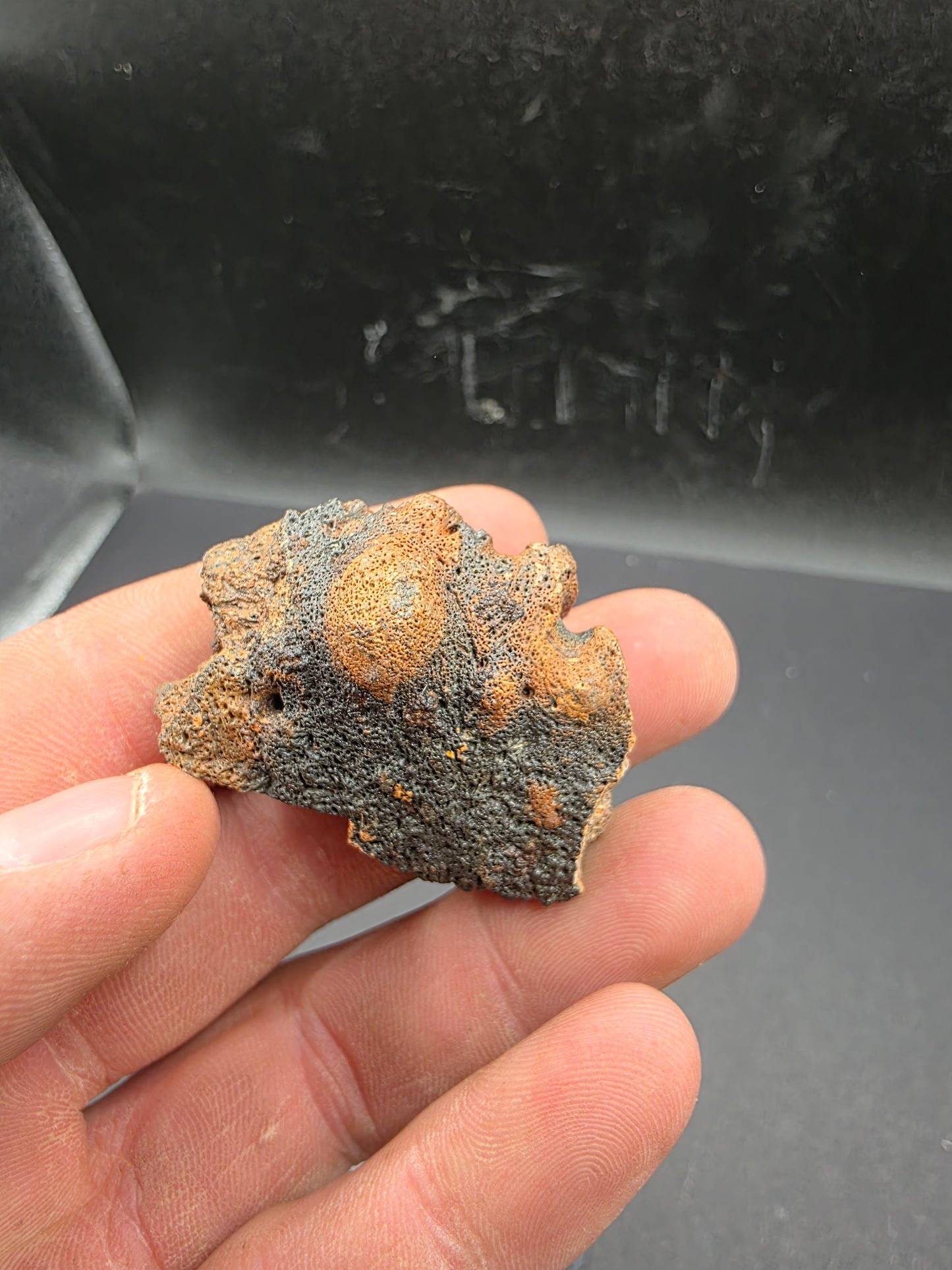
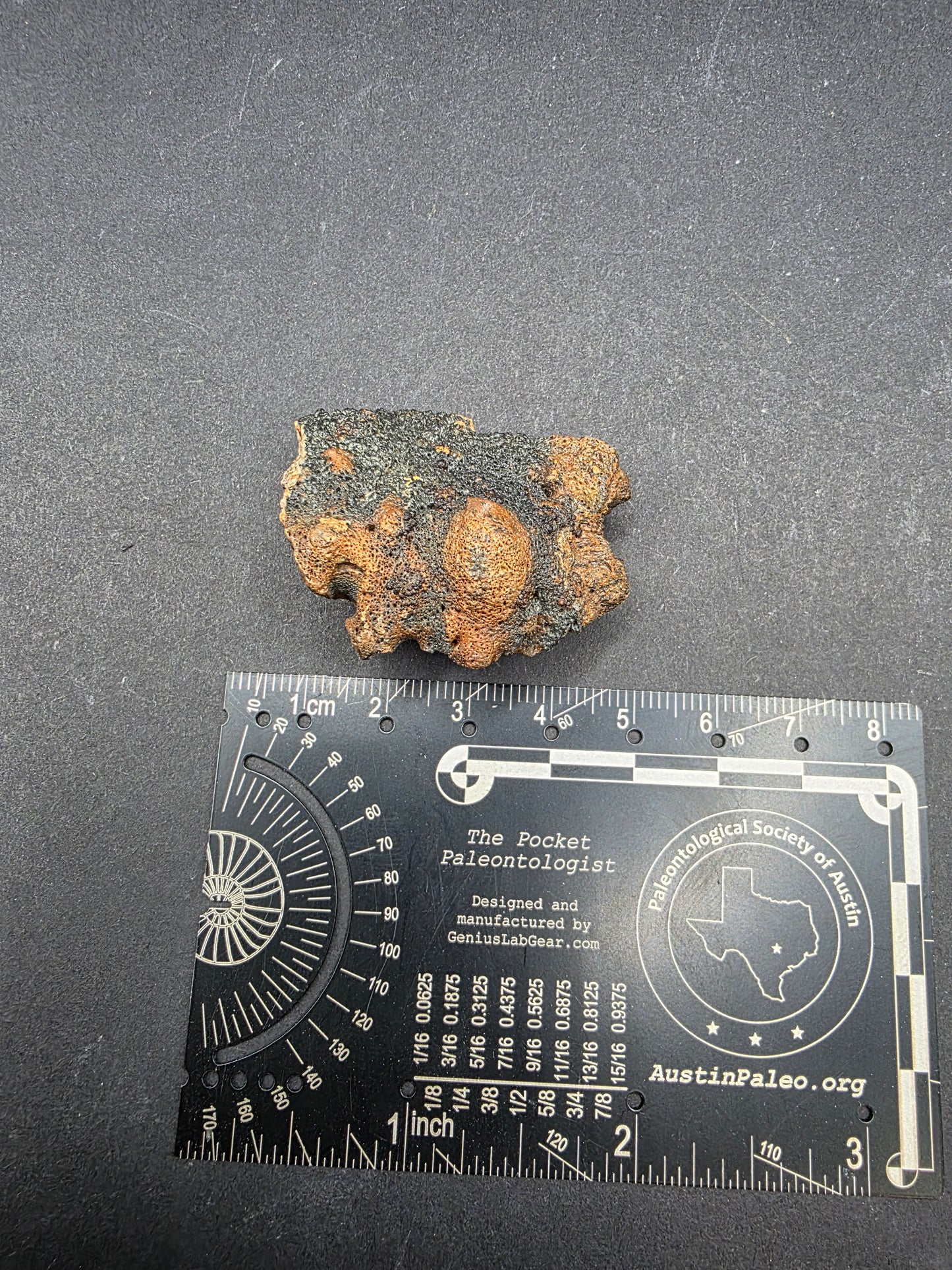
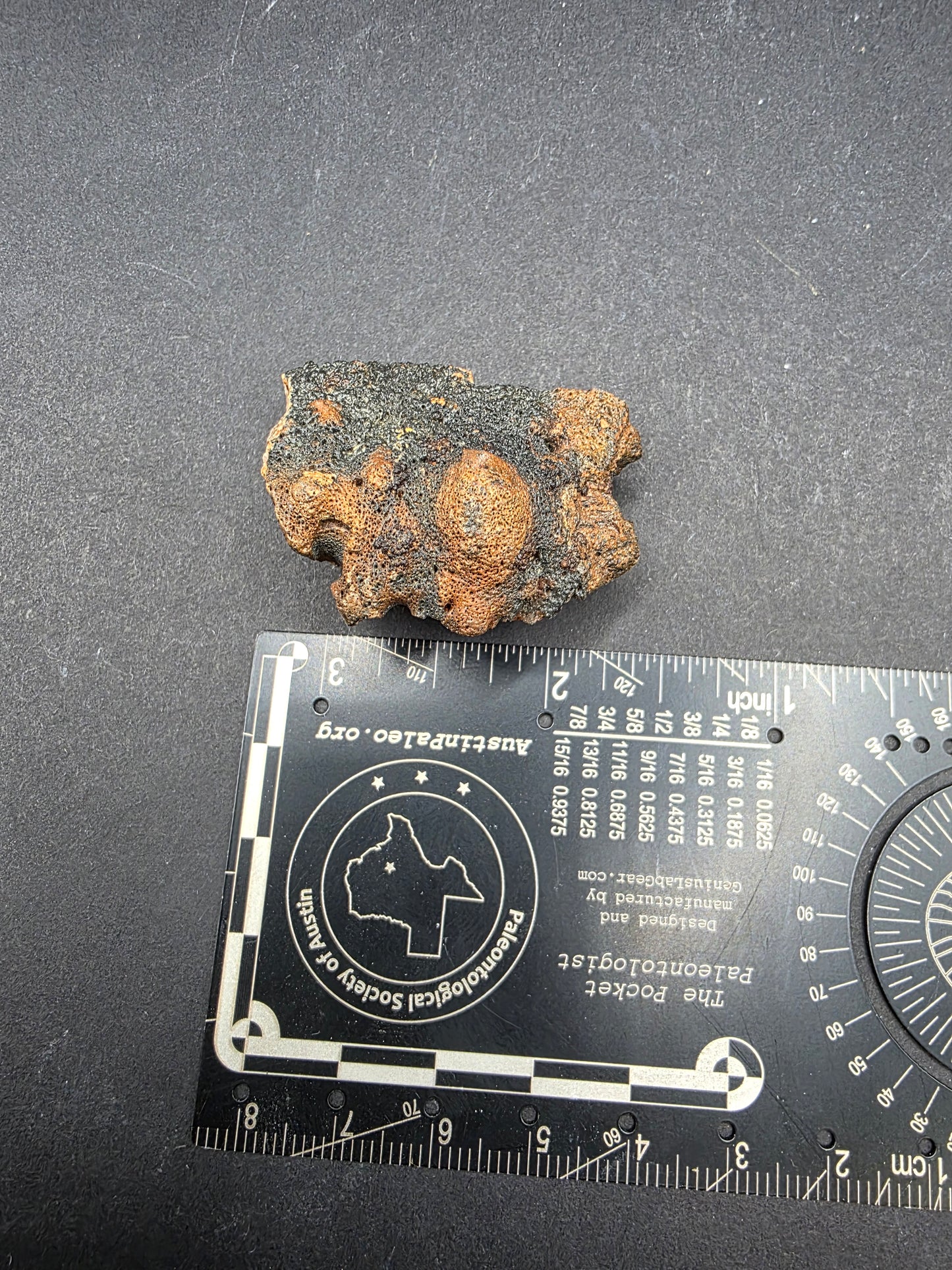
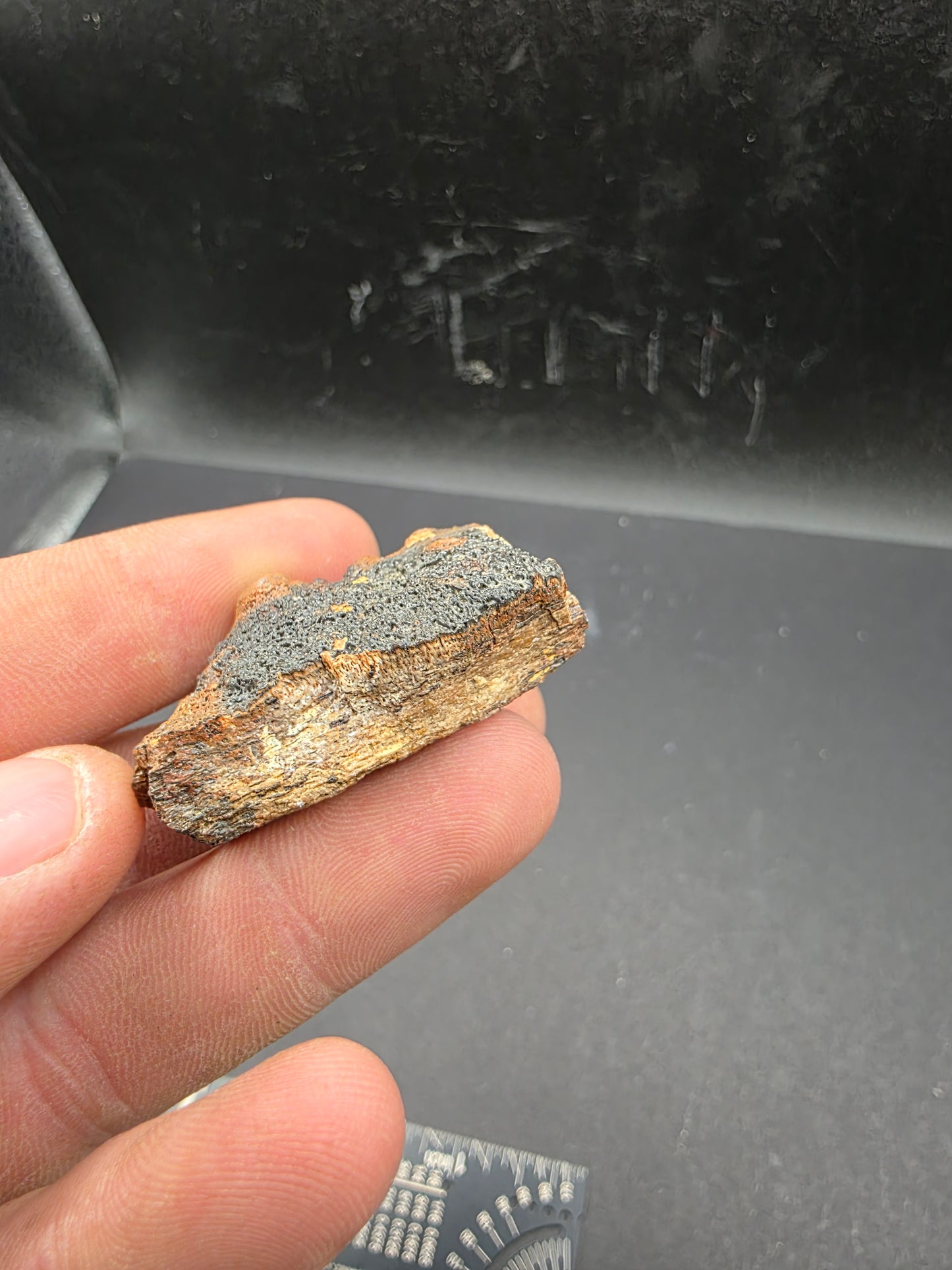


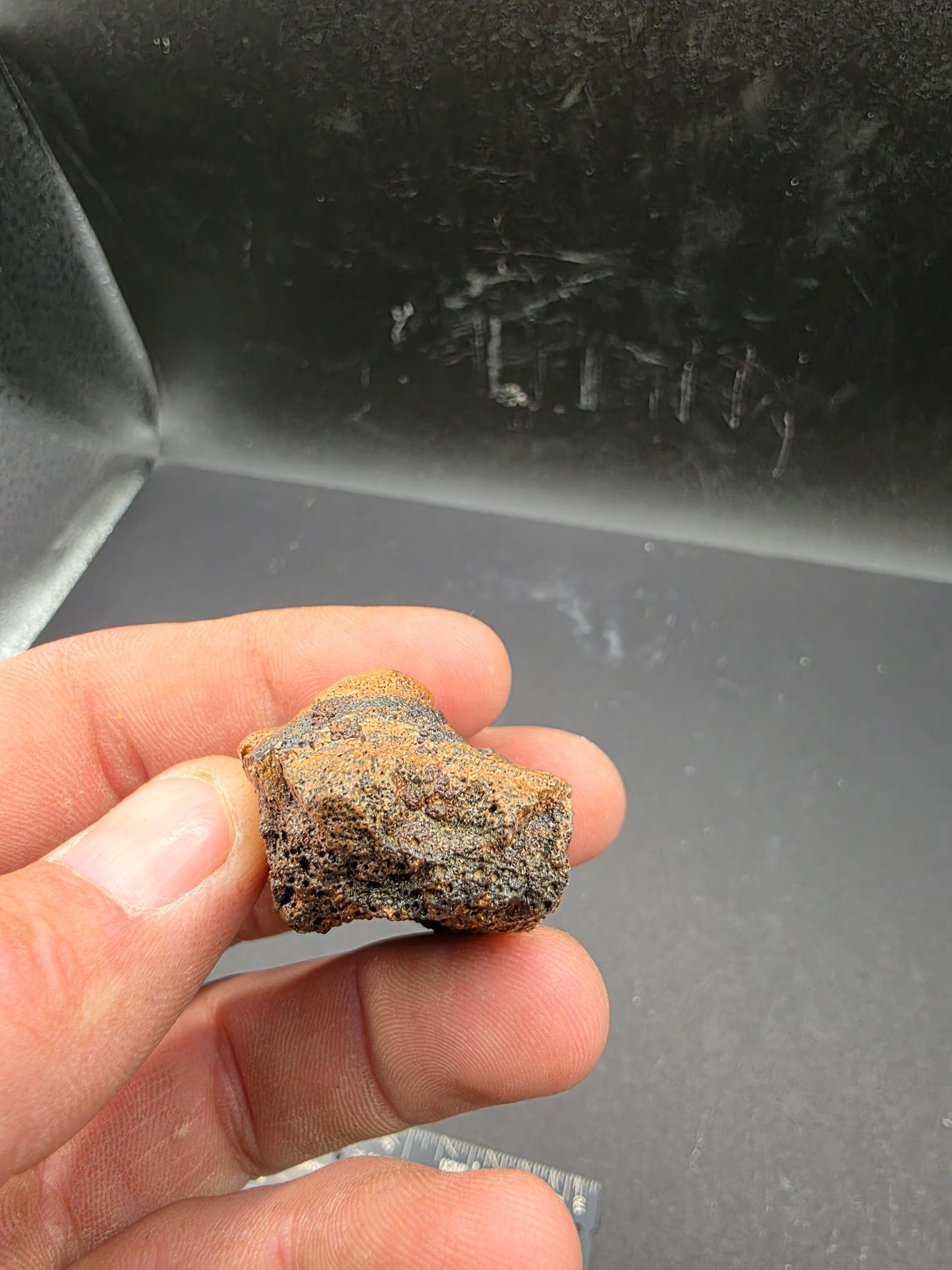
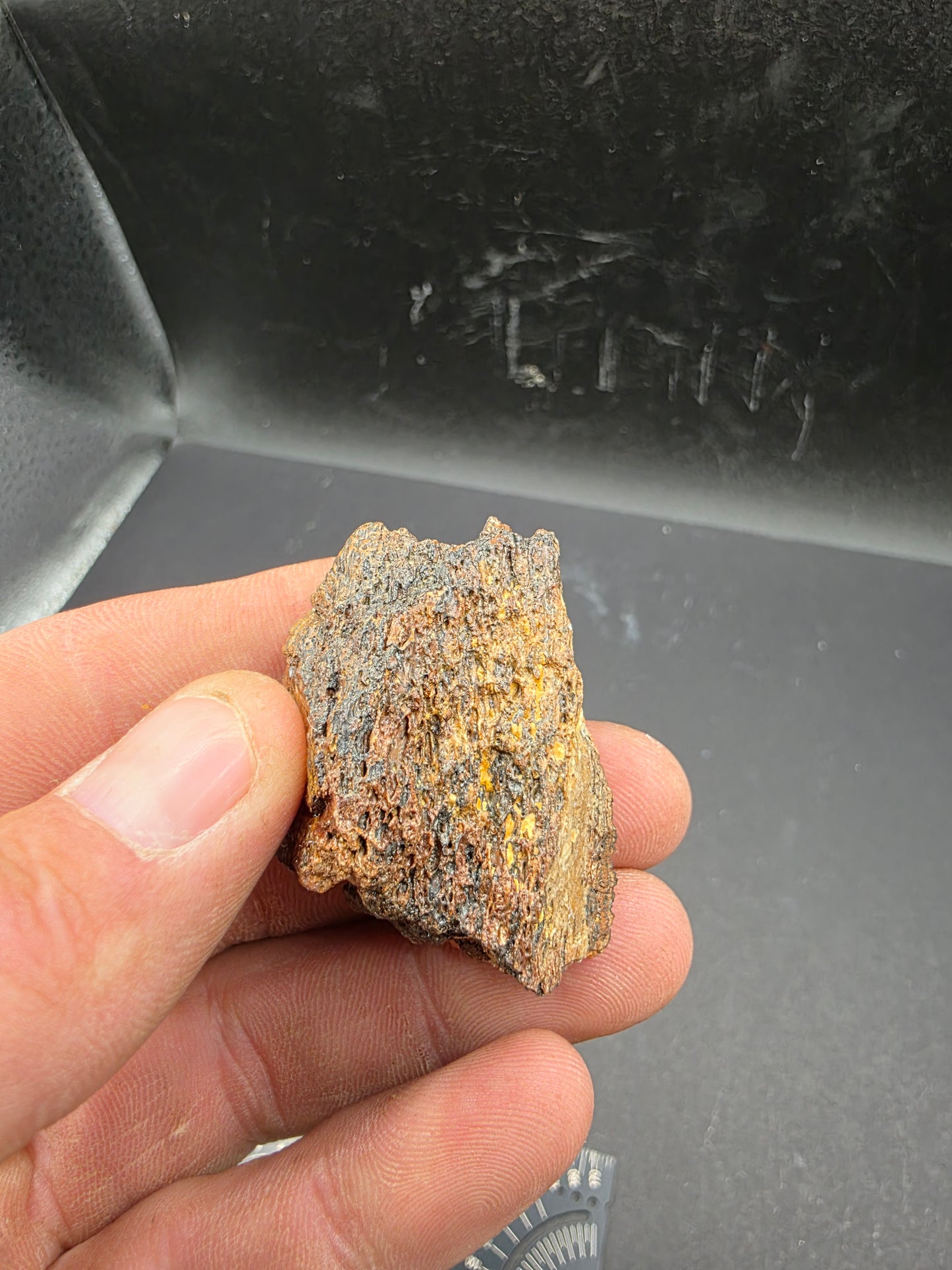
Subscribe to our emails
Be the first to know about new collections and exclusive offers.








